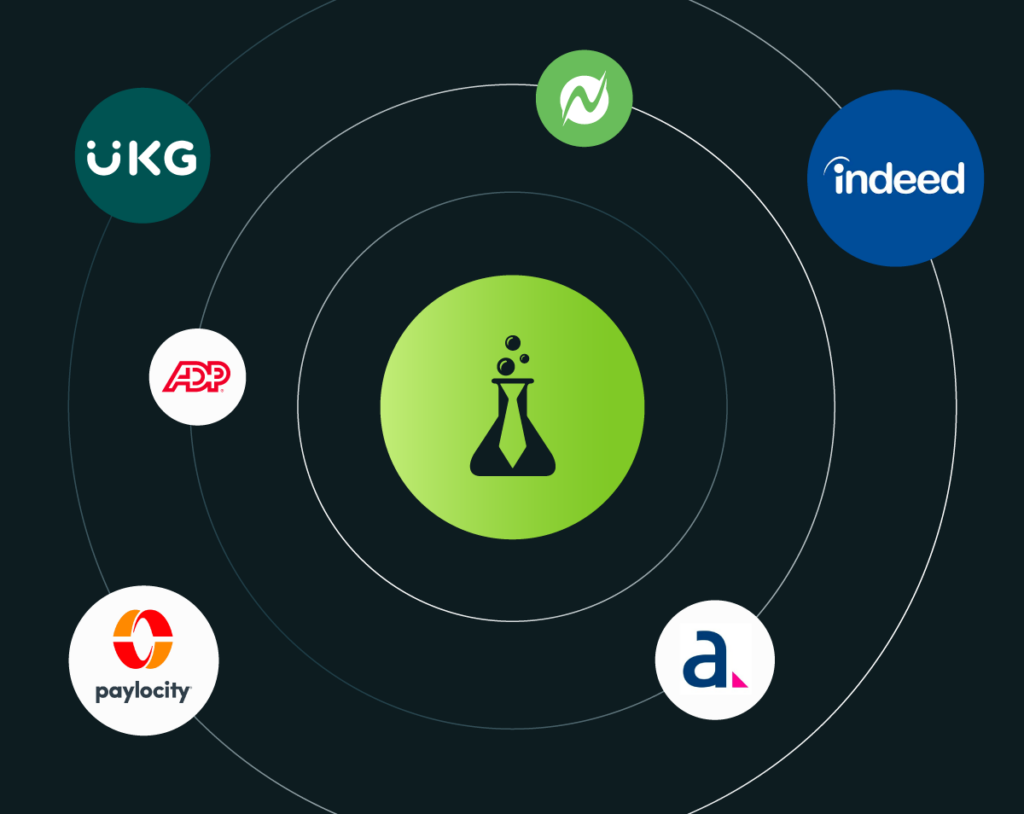When it comes to hiring the right talent, every moment counts .For businesses striving to maintain a competitive edge, understanding the significance of “time to fill” is crucial. This metric doesn’t just measure how quickly you can fill a vacancy; it reflects the efficiency and effectiveness of your entire hiring process. In this blog post, we’ll explore why time to fill matters, how it impacts your organization’s bottom line, and strategies to optimize it for success.
Understanding Time to Fill
What is Time to Fill?
Time to fill is a key hiring metric that tracks the duration from when a position is listed as part of the budget to when an offer is accepted by a candidate. This duration encompasses every step of the hiring process, from drafting the job description and posting the vacancy to screening candidates and finalizing employment contracts. It’s an essential indicator of the hiring team’s efficiency and the organization’s ability to attract and secure talent.
A shorter time to fill often points to a streamlined process where hiring managers and recruiters work in sync to identify and engage qualified candidates promptly. Conversely, a longer time to fill might indicate potential bottlenecks, such as lengthy approval processes or ineffective sourcing strategies. Thus, understanding this metric is crucial for organizations aiming to optimize their hiring process.
The Role of Time to Fill in the Hiring Process
Time to fill plays a central role in the hiring process, impacting not only the speed of recruitment but also the quality of hires. By reducing time to fill, companies can minimize the risk of losing top talent to competitors who may act faster. Furthermore, a quick hiring process can enhance the candidate experience, as job seekers appreciate timely communication and swift decisions.
In addition to applicant satisfaction, time to fill can influence employee satisfaction. Vacant positions, especially in critical roles, can place undue stress on existing employees who may have to take on additional responsibilities. Addressing these vacancies efficiently helps maintain team morale and productivity, fostering a positive work environment that gives way to employee retention.
Factors Influencing Time to Fill
Several factors can influence the time to fill, including the complexity of the role, the industry, and the geographical location. Highly specialized roles or those in niche industries may naturally take longer to fill due to a smaller pool of qualified candidates. Similarly, certain locations may experience talent shortages, further complicating the recruitment process.
To mitigate these challenges, organizations must adopt a proactive approach to talent acquisition. This involves building a robust talent pipeline, leveraging advanced hiring platforms, and using hiring metrics to inform recruitment strategies. By understanding and addressing these influencing factors, companies can effectively reduce their time to fill and gain a competitive advantage in the talent market.
Save Time, Save Money
The Financial Impact of Time to Fill
Time is money, and this adage holds true in the realm of recruitment. A prolonged time to fill can have significant financial repercussions for an organization. Vacant positions mean lost productivity, potential revenue losses, and increased workload for existing staff. These factors can culminate in substantial costs, underscoring the importance of reducing time to fill.
By optimizing the hiring process, companies can achieve cost savings in multiple ways. Faster recruitment reduces the need for temporary staffing solutions, which can be expensive. Additionally, it minimizes overtime expenses for current employees covering for vacant roles. Ultimately, a shorter time to fill enables businesses to allocate resources more efficiently and focus on growth initiatives.
Enhancing Efficiency with Technology
Leveraging technology is a powerful strategy for improving time to fill. Modern applicant tracking systems (ATS) and hiring platforms like Hireology offer recruitment automation features that streamline various aspects of the hiring process, from job postings to candidate communication. These tools facilitate efficient collaboration between hiring managers and recruiters, ensuring that the hiring process progresses smoothly.
Recruitment automation also reduces manual tasks, such as interview scheduling and leveraging ai recruiting to craft SEO optimized job descriptions, such as with Hireology’s AI Assistant, Beaker, freeing up valuable time for recruiters to focus on engaging with top candidates. Furthermore, advanced analytics within these platforms provide actionable insights into hiring metrics, enabling organizations to identify areas for improvement and implement targeted strategies to enhance efficiency.
The Role of Data in Optimizing Time to Fill
Data-driven decision-making is essential for optimizing time to fill. By analyzing historical recruitment data, organizations can identify patterns and trends that impact hiring timelines. This information empowers HR teams to make informed choices, such as adjusting recruitment strategies for specific roles or allocating resources to high-demand areas.
Regularly monitoring and reviewing time to fill hiring metrics allows businesses to set realistic benchmarks and track progress over time. It also fosters a culture of continuous improvement, encouraging teams to experiment with new approaches and refine existing hiring processes. Ultimately, data-driven insights are invaluable for optimizing the hiring process and achieving faster, more successful outcomes.
Importance of Time to Fill
Measuring Hiring Efficiency
Time to fill serves as a critical measure of hiring efficiency within an organization. A swift recruitment process indicates that the company can attract and secure the right talent promptly, demonstrating effective coordination among HR professionals, hiring managers, and relevant stakeholders. Efficient hiring processes contribute to the overall success of the organization by ensuring that skilled individuals are brought on board without unnecessary delays.
Organizations that consistently achieve short time to fill metrics often have well-defined recruitment workflows, clear communication channels, and a positive employer brand that resonates with job seekers. These elements collectively enhance the organization’s ability to compete for top talent in a crowded job market.
Ensuring Timely Staffing for Critical Roles
Skilled trade positions within an organization are considered critical due to their direct impact on business operations and strategic goals. Whether it is automotive technicians, CNAs, or housekeepers, ensuring timely staffing for these roles is paramount to maintaining continuity and achieving organizational objectives. A long time to fill for such positions can disrupt operations, hinder project progress, and affect customer satisfaction.
To address this challenge, organizations must prioritize and expedite the recruitment process for critical roles. This may involve implementing fast-track hiring procedures to expand the reach of recruitment efforts. By doing so, businesses can minimize the risk of operational disruptions and maintain a competitive edge.
Enhancing Candidate Experience
A positive candidate experience is crucial for attracting and retaining top talent. Lengthy recruitment processes can lead to frustration and disengagement among candidates, resulting in negative perceptions of the organization. Conversely, a well-managed hiring process that respects candidates’ time and provides clear communication can foster a favorable impression and strengthen the employer brand. Consider utilizing an applicant tracking system equipped with an interview scheduling tool, where candidates can choose an interview time that works best for their schedule to create a seamless candidate experience.
Organizations can enhance the candidate experience by providing timely updates, transparent feedback, and personalized interactions throughout the recruitment process utilizing recruitment automation technology.By prioritizing candidate satisfaction, businesses can build strong relationships with potential employees and increase the likelihood of successful hires.
Conclusion
The Strategic Value of Time to Fill
Time to fill is more than just a hiring metric; it’s a strategic tool that offers valuable insights into the efficiency and effectiveness of the recruitment process. By understanding and optimizing this metric, organizations can achieve tangible benefits, including cost savings, improved candidate experience, and enhanced operational performance.
Next Steps for Organizations
To fully leverage the strategic value of time to fill, organizations should consider implementing the following steps:
- Conduct a comprehensive analysis of current hiring processes to identify bottlenecks and areas for improvement.
- Invest in technology and recruitment automation tools to streamline the hiring process, such as applicant tracking systems with AI recruiting tools.
- Foster a data-driven culture by regularly monitoring and analyzing hiring metrics to inform decision-making and drive continuous improvement.
By taking proactive steps to optimize time to fill, organizations can position themselves for success in a competitive job market, attract top talent, and drive sustainable growth. Schedule a demo with our team today to optimize your hiring process. Curious about other important hiring metrics? Access the Top 9 Recruiting Metrics to Manage Your Hiring Effectively here.







